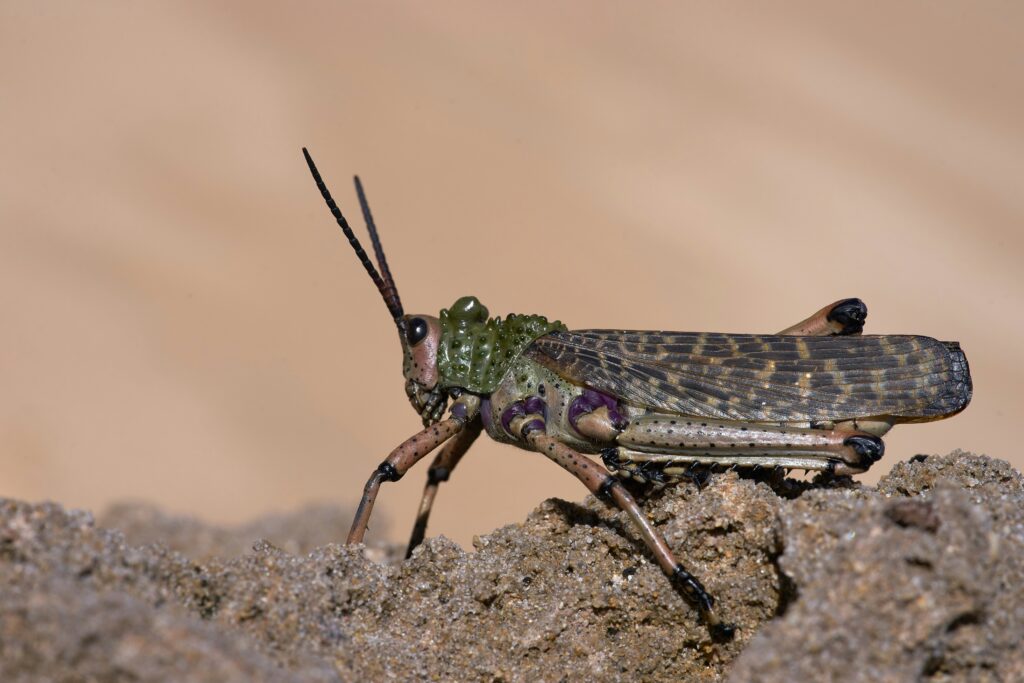In the grand tapestry of life on Earth, few creatures demonstrate evolutionary ingenuity quite like insects. These remarkable invertebrates have conquered virtually every habitat on our planet, from scorching deserts to freezing mountaintops, from acidic hot springs to oxygen-poor depths. Their extraordinary ability to adapt and survive in conditions that would prove lethal to most other organisms speaks to the remarkable plasticity of their evolutionary development. With over 400 million years of evolutionary history and comprising more than a million described species—with potentially millions more yet to be discovered—insects represent one of nature’s most spectacular success stories. Their conquest of extreme environments reveals not only the resilience of life itself but also provides valuable insights into the mechanisms of adaptation that could inform our understanding of how organisms might respond to our rapidly changing world.
The Ancient Origins of Insect Adaptability
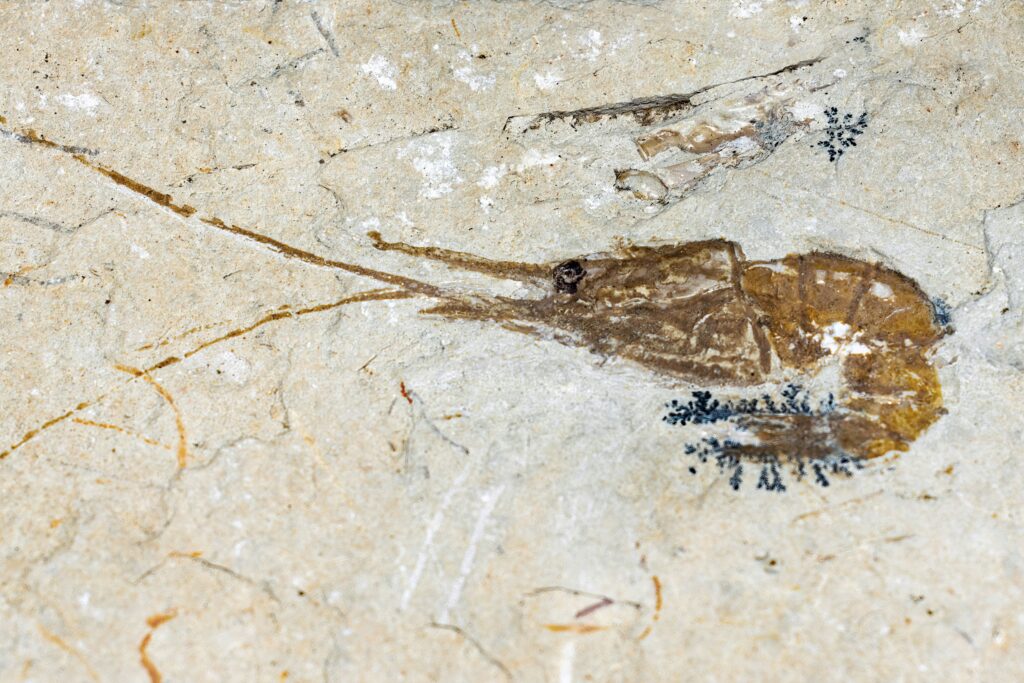
Insects emerged during the Devonian period approximately 400 million years ago, evolving from crustacean-like ancestors at a time when land environments were still relatively inhospitable. This early terrestrial transition itself represented conquest of an extreme environment, requiring solutions for desiccation, respiration, and reproduction outside of aquatic settings. The development of the insect exoskeleton—composed of chitin and proteins—provided a waterproof barrier that prevented dehydration while offering structural support and protection. Their tracheal respiratory system evolved to deliver oxygen directly to tissues without the need for lungs or gills, a remarkably efficient solution that would later enable insects to thrive in oxygen-poor environments. These foundational adaptations, combined with their small size and high reproductive rates, positioned insects to rapidly diversify and exploit ecological niches that were inaccessible to larger animals.
Surviving Scorching Heat: Desert-Dwelling Specialists

Desert insects face extreme temperature fluctuations, intense solar radiation, and severe water scarcity—conditions that would quickly prove fatal to most organisms. Species like the Namib Desert beetle have evolved remarkable water-harvesting abilities, with specialized structures on their forewings that capture moisture from morning fog. Some desert ants, including Cataglyphis species, have developed heat-shock proteins that prevent cellular damage at temperatures exceeding 50°C (122°F), allowing them to forage during the hottest parts of the day when predators remain inactive. Many desert insects are nocturnal, avoiding daytime heat entirely and emerging only when temperatures drop to safer levels. Others have evolved elongated legs that elevate their bodies above the scorching sand, while reflective or heat-dissipating exoskeletons minimize absorption of solar radiation, demonstrating the diverse toolkit insects have developed to conquer one of Earth’s most challenging environments.
Masters of the Cold: Insects in Polar and Alpine Regions
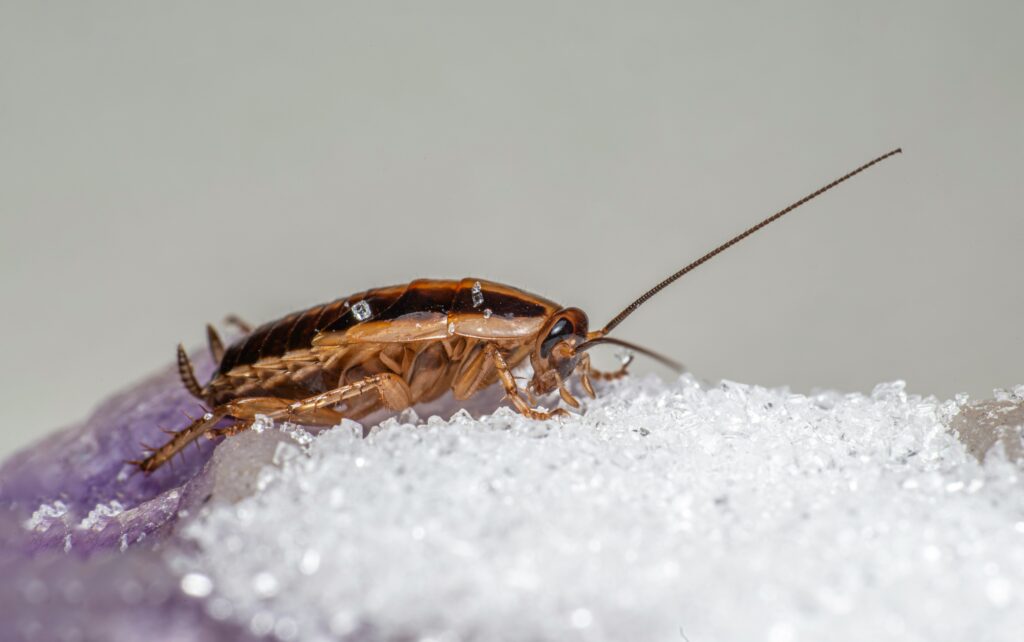
At the opposite end of the temperature spectrum, insects in polar and alpine environments have evolved equally impressive adaptations to survive extreme cold. The Antarctic midge (Belgica antarctica), the continent’s only native insect, produces antifreeze proteins and accumulates glycerol in its tissues to prevent lethal ice formation at sub-zero temperatures. This remarkable creature can survive losing up to 70% of its body water and endure temperatures as low as -20°C (-4°F). Many cold-climate insects employ a strategy called supercooling, where they eliminate ice-nucleating agents from their bodies, allowing their fluids to remain liquid below the normal freezing point. Some species enter a state of suspended animation called diapause, during which their metabolic activity dramatically decreases, enabling them to survive months of freezing conditions. These cold-adapted insects often have darker coloration to absorb more solar radiation, shorter appendages to reduce heat loss, and increased body insulation compared to their temperate relatives.
Life in Toxic Waters: Adapting to Extreme Aquatic Conditions

Numerous insect species have conquered aquatic environments that would be lethal to most other organisms, including highly acidic, alkaline, or mineral-rich waters. The larvae of certain chironomid midges thrive in volcanic hot springs with pH levels below 2, protected by specialized cuticles that resist acid corrosion and detoxification mechanisms that neutralize absorbed acids. Similarly, brine flies have evolved exceptional osmoregulatory capabilities that allow them to develop in hypersaline environments like the Great Salt Lake, where salt concentrations reach levels that would dehydrate and kill most other insects. Some mosquito larvae inhabit petroleum pools, breathing through specialized siphons while their bodies remain submerged in this toxic substance, metabolizing hydrocarbons that would poison other organisms. The diving beetles found in highly mineralized desert springs possess modified exoskeletons that prevent calcium carbonate deposition on their bodies, allowing them to move freely in waters where other creatures would become effectively “calcified” and immobilized.
High-Altitude Marvels: Insects Above the Clouds
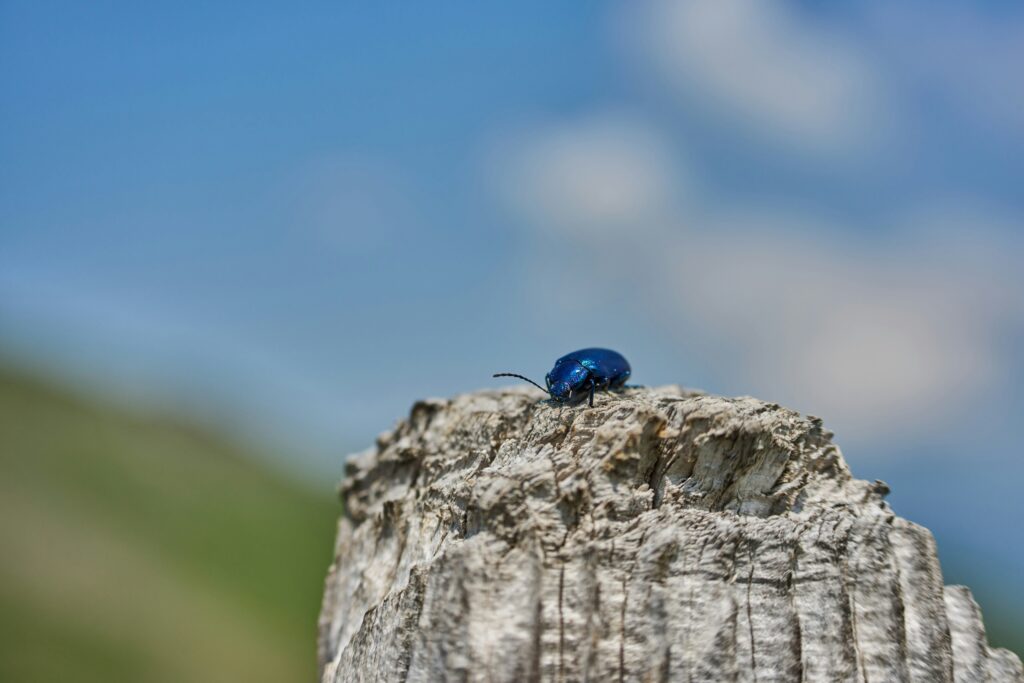
High-altitude environments present multiple challenges for insect life, including reduced oxygen availability, intense UV radiation, and extreme temperature fluctuations. Yet insects have been documented at astonishing elevations, with some species of springtails found at over 6,700 meters (22,000 feet) in the Himalayas. These high-altitude specialists often display enhanced respiratory efficiency, with modified tracheal systems that extract oxygen more effectively from thin air. Butterflies like the alpine Apollo have evolved dark wing bases that absorb solar radiation and can regulate body temperature through behavioral thermoregulation, positioning themselves to maximize solar gain. Many high-altitude insects are flightless, an adaptation that conserves energy and prevents them from being blown away by strong mountain winds. Their life cycles are remarkably synchronized with brief growing seasons, often completing development within a narrow window when conditions temporarily allow for growth and reproduction, demonstrating precise evolutionary timing mechanisms.
Underground Innovators: Adaptations to Subterranean Life
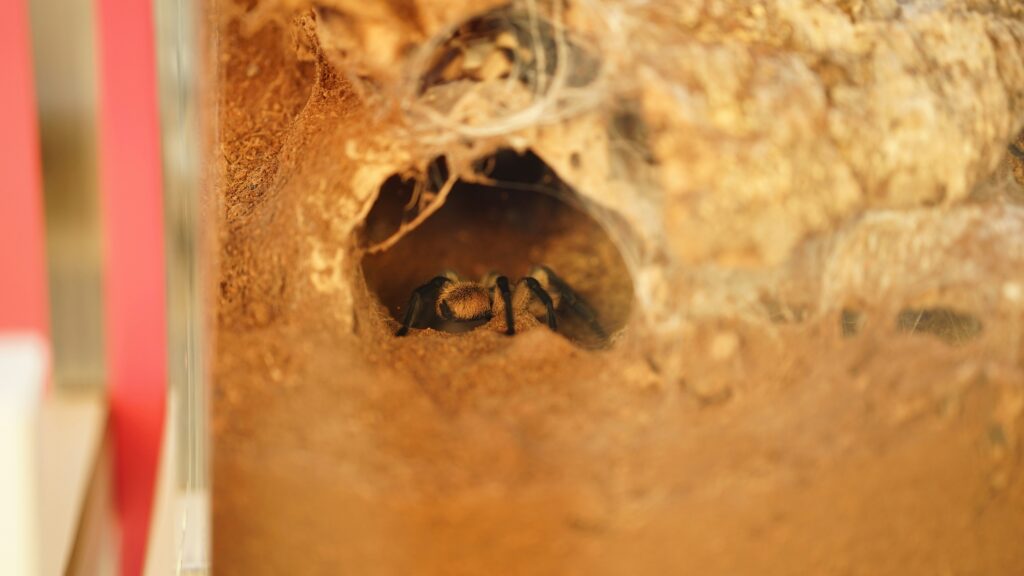
The world beneath our feet presents its own set of extreme conditions, including permanent darkness, limited oxygen, and restricted space for movement. Cave-dwelling insects have evolved remarkable adaptations to this challenging environment, often losing pigmentation and developing elongated appendages to navigate through tight spaces. Many cave insects, like certain crickets and beetles, have dramatically reduced or entirely lost their eyes through evolutionary processes, redirecting energy to enhance other sensory systems such as touch and smell that are more valuable in darkness. Some underground insects have evolved specialized mouthparts for extracting nutrients from fungal mats or organic matter that accumulates in cave systems. Termites represent another successful conquest of subterranean environments, creating elaborate underground colonies with sophisticated ventilation systems that maintain optimal oxygen levels and temperature control, effectively engineering their surroundings to overcome environmental limitations.
Chemical Defense Masters: Surviving Toxic Environments
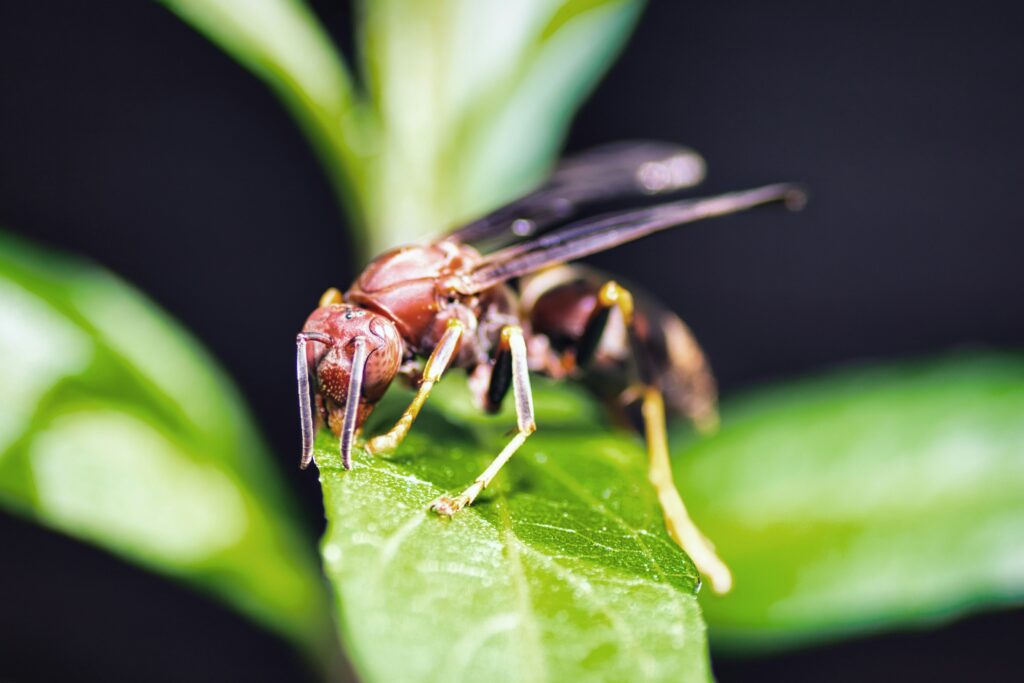
Some insects have evolved to thrive in environments saturated with toxins that would kill most other creatures, developing remarkable detoxification mechanisms. The cigarette beetle (Lasioderma serricorne) possesses specialized enzymes that can break down nicotine, allowing it to feed on tobacco products containing levels of this neurotoxin that would be lethal to most organisms. Certain wood-boring beetles harbor gut microbes that help detoxify the defensive compounds produced by trees, enabling them to consume wood that would poison other insects. Some caterpillars not only detoxify the poisonous compounds in their host plants but sequester these chemicals in their tissues, rendering themselves toxic to predators—a strategy known as defensive sequestration. The evolution of these detoxification pathways represents a biochemical arms race between insects and their environments, with each adaptive breakthrough allowing insects to exploit new niches that remain inaccessible to less specialized competitors.
Parasitic Specialists: Conquering Living Hosts

Perhaps one of the most extreme environments conquered by insects is the living body of another organism, where parasitic insects must evade immune responses while extracting resources. Bot flies have evolved to complete their larval development inside the tissues of mammals, including humans, producing anti-inflammatory compounds that suppress the host’s immune response. Parasitoid wasps inject their eggs into living hosts, along with venoms containing viruses and proteins that hijack the host’s physiology, effectively reprogramming the living organism to serve as an ideal nursery for their developing offspring. Human lice have co-evolved with our species for millions of years, developing specialized claws perfectly adapted to grasp human hair and mouthparts designed to penetrate skin without detection. These parasitic relationships represent incredible evolutionary innovations, where insects have effectively turned other living organisms into their own personalized extreme environments, complete with custom adaptations to overcome the specific defensive mechanisms of their hosts.
Evolutionary Innovations in Respiratory Systems
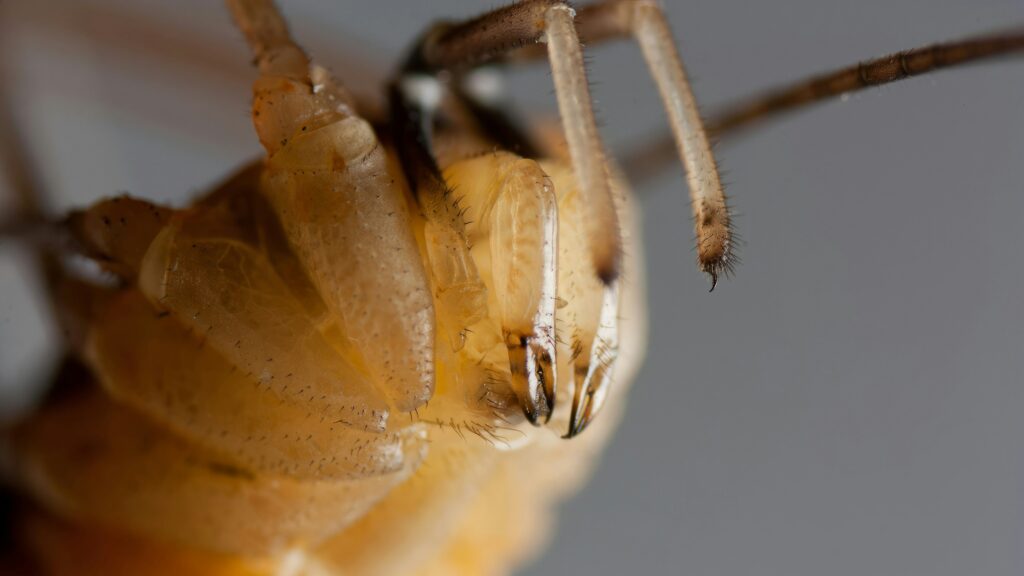
The insect tracheal system—a network of tubes that deliver oxygen directly to tissues—has undergone remarkable modifications to function in extreme environments. Aquatic insects like diving beetles carry air bubbles that function as physical gills, extracting dissolved oxygen from water while the insect remains submerged. Some mosquito larvae possess breathing siphons that can pierce plant stems to access oxygen trapped in air channels, allowing them to remain underwater indefinitely. Certain midge larvae contain hemoglobin-like proteins that efficiently bind oxygen, enabling survival in nearly anoxic mud at the bottom of stagnant ponds. The plasticity of this respiratory system has allowed insects to colonize oxygen-poor environments ranging from high altitudes to stagnant waters and even fermenting fruit, where alcohol concentrations would prove toxic to most animals. These respiratory adaptations highlight how a single evolutionary innovation—the tracheal system—has been modified countless times to meet the challenges of diverse extreme environments.
Masters of Desiccation Resistance
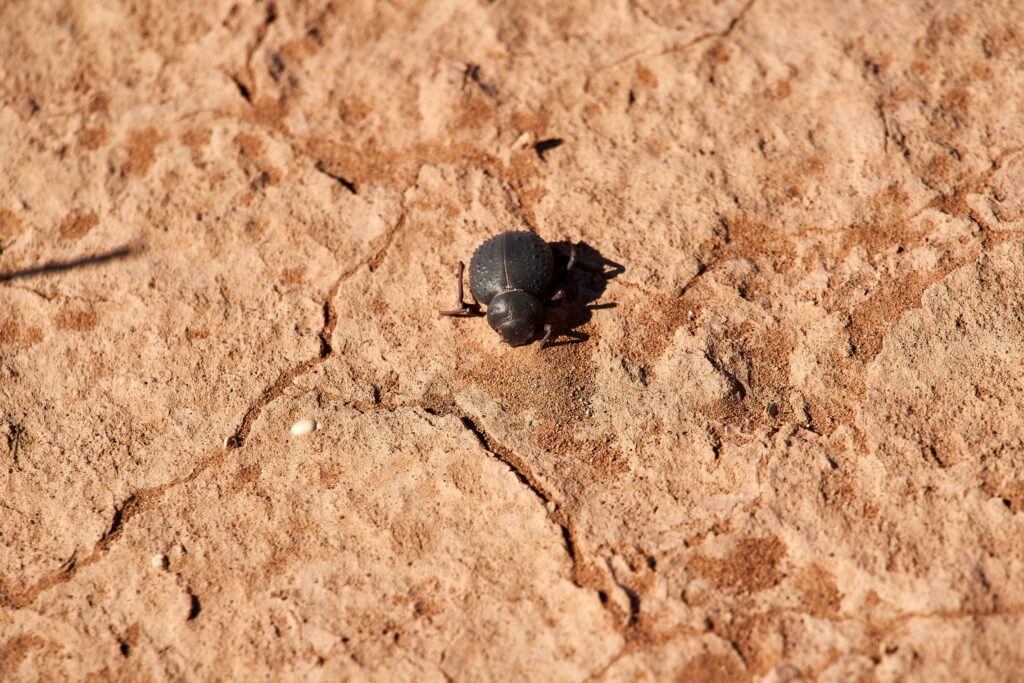
Among the most remarkable adaptations in the insect world is the ability of some species to survive nearly complete dehydration, a condition lethal to most multicellular organisms. Anhydrobiosis, or “life without water,” is exemplified by the African chironomid Polypedilum vanderplanki, whose larvae can lose up to 97% of their body water and remain in a dormant state for over 17 years before rehydrating and resuming normal function. These insects produce high concentrations of trehalose, a sugar that forms a glass-like matrix around cellular components, preserving their structural integrity during desiccation. Desert-dwelling cockroaches have evolved nearly impermeable cuticles that minimize water loss, along with specialized rectal glands that can extract moisture from their waste before excretion. Some insects in arid environments have evolved to absorb atmospheric water vapor directly through their cuticles, a remarkable feat of engineering at the molecular level. These adaptations to extreme dryness represent some of the most sophisticated water conservation mechanisms in the animal kingdom.
Social Strategies for Environmental Extremes
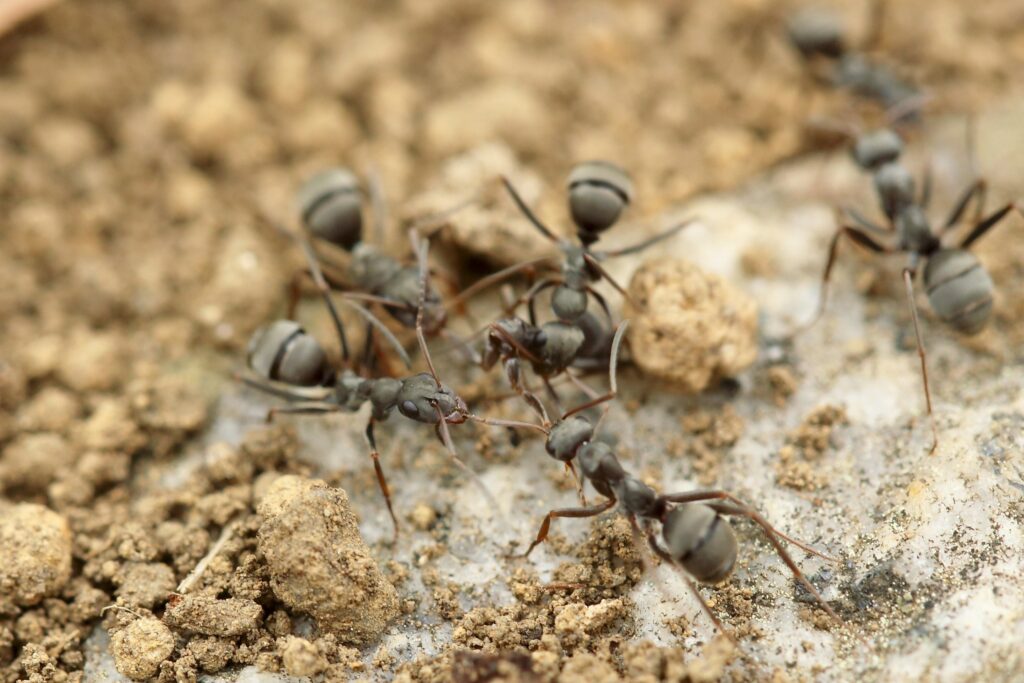
Social insects have evolved collective strategies that allow their colonies to thrive in environments too harsh for individual insects. Honeybees maintain precise thermal regulation within their hives, generating heat through muscle contractions in winter and cooling through water evaporation in summer, effectively creating a microclimate that shields developing brood from temperature extremes. Desert ants construct nests with specialized chambers at different depths, moving their brood and food stores between these areas as surface temperatures fluctuate throughout the day and seasons. Termites in arid regions build mounds with sophisticated passive ventilation systems that maintain stable internal humidity and oxygen levels despite external extremes. These social adaptations demonstrate how cooperation and collective behavior represent another evolutionary pathway for conquering environmental challenges, where the colony itself becomes an engineered buffer against the harshest aspects of extreme habitats.
The Genetic Basis of Extreme Adaptation

Recent advances in genomic research have begun to unravel the genetic foundations of insects’ remarkable adaptability to extreme environments. Studies of cold-adapted insects have identified expanded gene families related to antifreeze proteins, membrane fluidity regulation, and cryoprotectant production that enable survival at sub-zero temperatures. Research on thermophilic species has revealed genes encoding heat-shock proteins with unusually high thermal stability, allowing cellular machinery to continue functioning at temperatures that would denature proteins in most organisms. Some extreme specialists possess horizontally transferred genes acquired from bacteria and fungi, expanding their metabolic capabilities to detoxify or utilize resources unavailable to their ancestors. The rapid evolution observed in many insect populations exposed to novel environmental stressors—such as the development of pesticide resistance within a few generations—highlights the genetic plasticity that underpins their success in extreme environments. These genetic mechanisms, including gene duplication, horizontal gene transfer, and adaptive mutations, provide the toolkit that has allowed insects to become the most diverse animal group on Earth.
Lessons for the Future: Insects and Climate Resilience

As our planet faces accelerating climate change, the adaptations that allow insects to thrive in extreme environments offer valuable insights into biological resilience. Species that already possess heat tolerance mechanisms may have competitive advantages as global temperatures rise, potentially shifting ecosystem dynamics. The genetic mechanisms underpinning rapid adaptation in insects could inform conservation strategies and potentially agricultural applications, as researchers seek to understand how organisms might respond to changing conditions. However, even insects have their limits—studies suggest that tropical insects, despite their diversity, may be particularly vulnerable to warming temperatures as they already live near their thermal maximums. Understanding the evolutionary innovations that have allowed insects to conquer Earth’s most challenging environments may prove crucial as we navigate an uncertain climatic future, potentially offering blueprint adaptations that could inform technological solutions to environmental challenges and deepen our understanding of life’s remarkable capacity for adaptation.
The extraordinary success of insects in extreme environments stands as one of evolution’s most impressive achievements. From biochemical innovations to behavioral strategies, from structural adaptations to symbiotic partnerships, insects have developed an unmatched toolkit for surviving conditions that would quickly prove fatal to most other organisms. Their ancient evolutionary history, small size, rapid reproduction, and genetic plasticity have positioned them as nature’s ultimate pioneers, continuously pushing the boundaries of where life can exist. As we face mounting environmental challenges in the Anthropocene, the lessons offered by these six-legged survivors may prove increasingly valuable, reminding us of life’s remarkable resilience and adaptability in the face of adversity. In the story of how insects conquered Earth’s most extreme environments, we find not only a testament to evolutionary innovation but also potential inspiration for our own species as we navigate an increasingly uncertain future.

